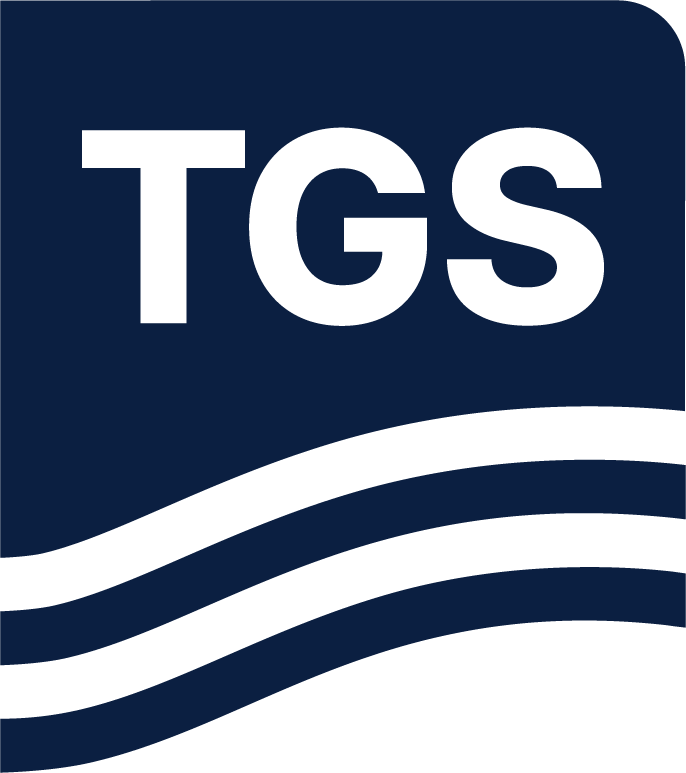Paper Summary
The industry is acquiring increasing numbers of wide azimuth surveys. In soft rock settings, such
as the Gulf of Mexico, the objective is usually to improve illumination and imaging of obscured or
structurally complex targets (e.g., Michell et al., 2007). In hard rock settings, the presence of significant azimuthal velocity anisotropy can actually degrade the image quality of wide azimuth surveys when ignored (Williams and Jenner, 2001). If the anisotropy is measured and corrected
for, the result is not only an improved image, but also valuable information related to the fracture and stress characteristics of the overburden and reservoir. Knowledge of fracture densities and orientations in tight rocks, where fractures are the dominant source of porosity and permeability, may allow improved well positioning and performance. Understanding of the principal stress orientation may also permit more efficient planning and prediction of well fracturing.
Traditional signal processing techniques often smear or ignore this azimuthal information and it is certainly lost in poststack or common offset prestack migration. Increasingly, more care is being taken to preserve and use this information through imaging to produce migrated azimuthal attributes for interpretation. In this paper we review field data experiences preserving, measuring and correcting for azimuthal velocity effects with prestack vector offset imaging.

